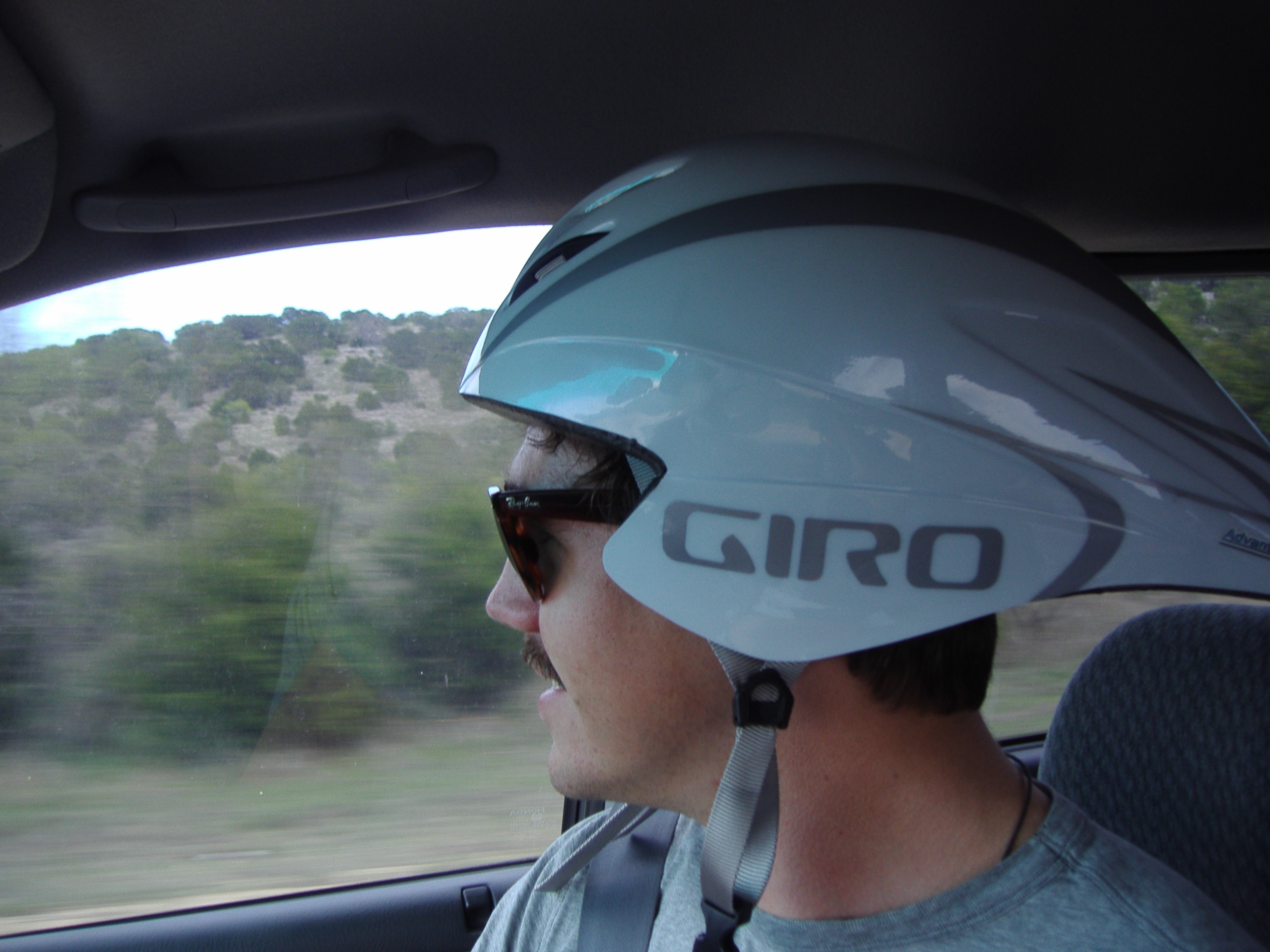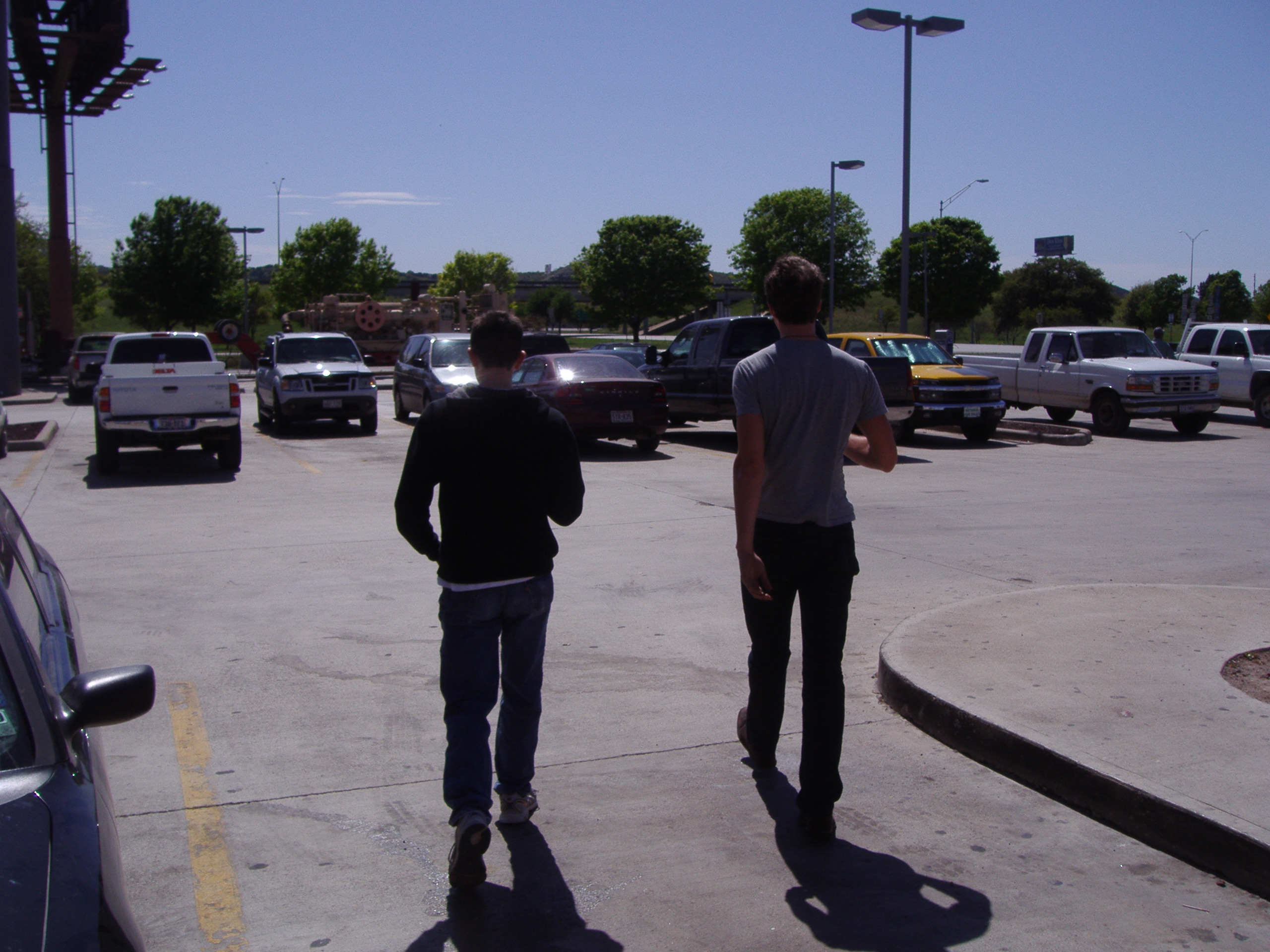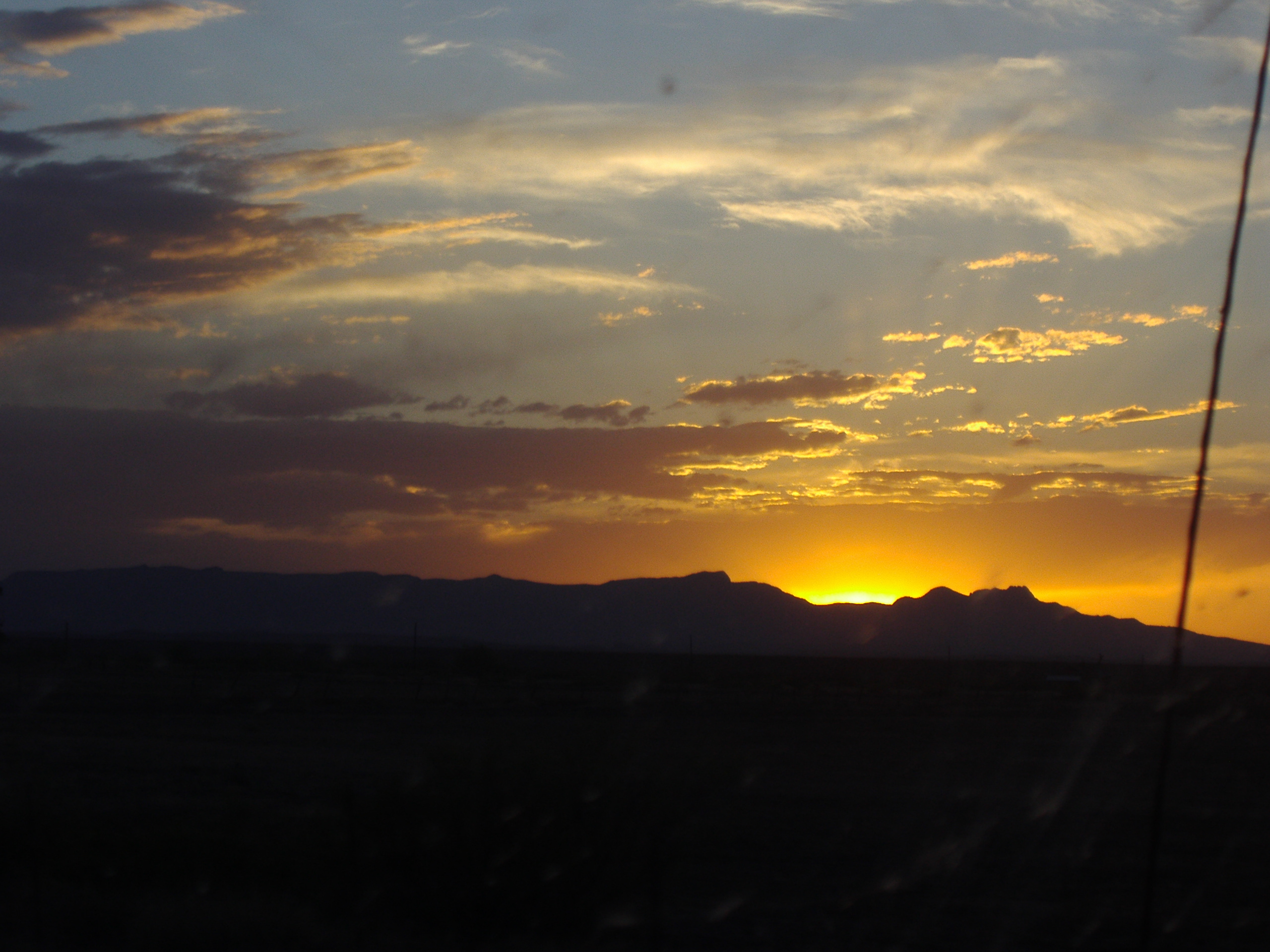Hey,
This is a race report of the first stage of Hammerfest, the hill climb up Mt. Locke to the McDonald Observatory. This route would take us up the highest paved road in the state of Texas! This would be a real test of my climbing abilities since it’s the only race in Texas that has a climb longer than five miles in length (the hills in Austin are more like “bumps,” nothing much longer than half a mile). Today had two stages of racing. First was a 16 mile hill climb that went uphill the entire way. The second stage would take place later in the day, a 16 mile time trial that went uphill for the first half, and downhill for the second half.
So, the morning of the race, Daniel, Clay, and I woke up at 5:30 to catch breakfast at the Ranch mess hall. I hadn’t slept well that night for a number of reasons, mainly due to the excitement of the next day, but also because I drank a lot of coffee to keep me up the while I drove the day before. I ate a big breakfast, and came back to our cabin to see Clay warming up on his trainer and Daniel getting dressed, as the two of them would start about an hour earlier than I would. After about half an hour Daniel and Clay both left the room for the starting line, which would happen in town about five miles away. After they left, I got ready, spent about 20 minutes warming up on Clay’s trainer, and then left.
As I worked my way downhill, it was quite chilly since it was still about 8:00 in the morning. Since I was heading east, the sun was shining very brightly and it was kind of hard to see. This was actually one of my favorite parts of my time at Fort Davis since the ride to town was quiet, peaceful, and the landscape was beautiful. About halfway to town I saw Daniel’s group, Category 4, headed uphill on a small roller. Daniel was in front and looked good.
When I reached town, there were a lot of cyclists there warming up. Most of them were Cat 5 like me, and there were some Masters and Juniors wandering around as well. When I lined up, I chatted with another Cat 5 rider who had a Pinarello Prince, one of the bikes I was looking to buy for my graduation (I ended up getting a Gary Fisher Cronus Ultimate, if anyone’s curious). He asked me if I had done the Texas 4000, to which I responded that I hadn’t. I asked him if he had done it, but he told me that he hadn’t and that it was his girlfriend who had ridden it. It turns out that he had gone to UT and graduated four years ago, and now works as a real estate consultant. He told me that before he rode his prince, he had a Galileo and an FP2, so I guess he was a Pinarello fan. Since it’s only been 4 years since he’s graduated, this gives me hope that I’ll be able to buy a fancy bike in four years time, too.
When the race started, I tried to make sure to do most of the things that Daniel and Clay told me before the race: stay in front, and react appropriately during selections (selections are when some riders get dropped for various reasons). The entire 16 miles would be uphill, though the first 10 miles would be at a shallow gradient. So, as we headed out we reached a few rollers. Unfortunately, some people tried attacking on the first little hill and the pack reacted by accelerating and chasing them down. Stupid move! If people hadn’t chased them down, we would have conserved our energy and the people in the lead group would tire themselves out, as 45 people working together are better than 5 people working together. It’s typical for a Cat 5 race, however, as most people are on edge and unaware of pack dynamics. Thus, I was already somewhat uncomfortable after the first acceleration.
After the pace had calmed down somewhat, I noticed that the pack was only taking up a fraction of the road, so I went down the left side of the pack and made my way towards the front of the peloton. A rider let me in and I was in a perfect spot in about 5th position. It was about that time that I saw Clay heading back downhill as he had already finished his race. He was smiling and I took that as a good sign. A few minutes later, we in the front were taking turns doing work and I made sure I didn’t do any pulls that lasted longer than thirty seconds.
I noticed that racing at the front had several advantages. First of all, it’s much smoother at the front and the accelerations and decelerations are much less dramatic. I’m not sure if this were the case because we were taking it easy before the gradients got tough, or because I was in front. Nevertheless, being in the front was a pleasant experience and I’ll be sure to stay up there in my other races.
About 2 miles before the big hill, I saw Daniel coming back after he had finished. As I took my final pull I didn’t really up the pace much (I kept it at about 21 mph), but I looked back and I had accidentally gapped the peloton. They had slowed down! So I waited for them to come back up and the guy who caught me said that he thought I was attacking. I laughed and I got behind his wheel.
About 200 meters before the big hill, a small rider charged away from the pack and climbed up the hill at a very fast pace. He looked as if he were 16 years old, and I’m guessing he came from one of the youth squads. Unfortunately for him, however, he had a pedal malfunction and pulled over as we crested the first hard section of the climb. The pace was intense. I had lost about 10 places after the first hard section, and we regrouped during the false flat (a section of pavement that’s not flat, but has a shallower gradient that riders use to recover). However, during the second hard section I cracked and I found myself dangling off the back. I knew I had enough energy to stay with the pack, but if I had gone into the red zone, I was scared that I would blow up.
So, I slid back and took a breather, and climbed the rest of the way at my own pace. A group of about four riders caught me and I got on their wheel so they could pace me. The rest of the way was absolutely grueling. If any of you are familiar with the hills in Austin, it’s like putting 10 Mesa climbs back to back, and then adding two Jester climbs on top (For those of you from where I’m from, it’s like multiplying Kemah bridges 15 times, with the last two at twice the gradient).
I was hoping that the four of us would work together, but that really wasn’t the case. Aerodynamics don’t play as much of a factor uphill, so most of us were just swapping places in an unorganized fashion. To be honest, my legs really weren’t hurting at all in terms of fatigue. Most of the riders I was with had compact cranks and they were spinning with a higher cadence than I was. I was in the lowest gearing on my bike and I was spinning at a cadence of around 60 rpm. I could have spun at a higher cadence, if I actually had the gears to do so. If I had a compact crank, I probably would have been able to go a little faster. Excuses aside, I told myself that I only had a few miles left and that I’d be done in no time.
After about 15 miles, 5 miles of uphill suffering, I had reached the final mile, which was the climb to the McDonald observatory. The gradient was a whopping 17%. This is the same as Jester Hill in Austin, of which I did repeats in training, but I had never done a climb of this gradient on top of a much longer climb of a slightly less gradient.
There was a shallow section right before the climb, so I took a drink of water and dug into my suitcase of courage. I was surprised that some racers actually gave up and started walking! I told myself that I did not come to Fort Davis to be walking my bike in a race, so I used the opportunity to gain a few spots on the GC (the “General Classification,” which is the competition to have the least cumulative time over all the stages).
As I worked my way up with a ridiculous cadence of 40 RPM, the spectators on the side of the road were cheering and telling me that it was worth it. So, I just kept telling myself that it’d be over soon. When I reached the final 200 meters I knew I would make it, but that was the hardest 200 meters in my life. I saw another rider about to finish so I dug deep and sprinted past him to gain another spot on the GC, and finished.
At the top of the hill I took a few minutes to catch my breath, and then headed back 16 miles to Prude Ranch. It turns out that I finished 34th of about 50 starters, so I did finish in front of a handful of people. I was kind of dismayed as I wish I had stayed longer with the pack. However, I knew that I had two stages left and had I blown up, I might have been out of commission for the other two stages. I’m suspecting that I may not be a pure climber, but since I’m light I’m sure that as I get stronger I will find myself to be one of the better climbers during races. Of the things that I did poorly, I can’t really say I did anything wrong race-wise. It was simply a matter of conditioning. I’m just not that strong of a rider…yet. Of the things I did well, I stayed in the front for a good amount of time, so my positioning was very good for the beginning of the race. Also, I felt much more comfortable riding in a pack, so my handling skills have improved. As for the others, when I got back to the cabin, Daniel told me that he got 2nd, and Clay got 10th, not bad for a 180 lb. rider! Daniel and Clay were both about a minute behind on the GC, so they were in a very good position to make up time in the TT, since they’re both strong while racing against the clock.






